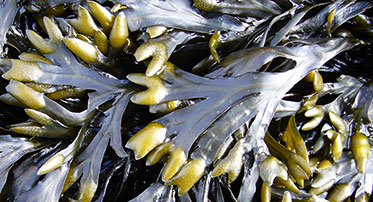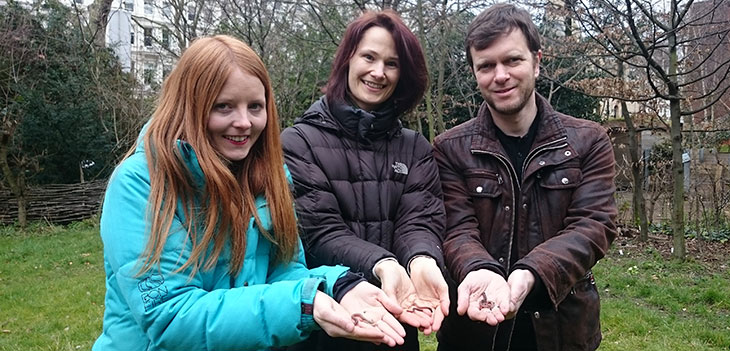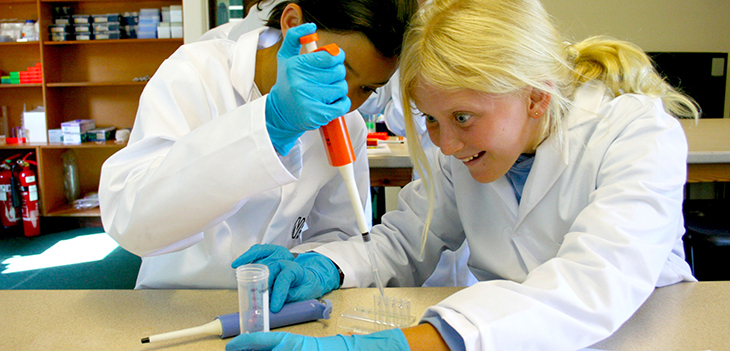
At a glance
Collect microorganisms for DNA analysis by Museum scientists.
Type of activity: Outdoors
When? Registration is now closed
More than 120 schools and community groups joined in cutting-edge scientific research to uncover the diversity of microscopic life in urban environments.
About the project
The Microverse project will discover which species are living on UK buildings and what factors affect their diversity.
While there's a lot of research exploring microbes inside our homes and on our bodies, little research has looked at the microbes living on the outside of our buildings.
Although invisible, microorganisms provide many ecosystem services: recycling nutrients, producing oxygen and digesting pollutants. Investigating which microorganisms are present in our built environments will help us better understand how they support and interact within our ecosystem.
Lead researcher Dr Anne Jungblut explains the laboratory methods Museum scientists are using to analyse the microbial samples collected by our citizen scientists:
Results
Thank you to everyone who took part. At the end of the project you will receive a research report summarising the results and findings of the whole project. We will also present key findings here.
Project team
- Dr Anne Jungblut, microbial biodiversity researcher
- Lucy Robinson, Citizen Science Programme Manager
- Jade Lauren Cawthray, Citizen Science Project Officer
Project resources
Participating schools received a free participation pack that included:
- full instructions
- all the equipment needed
- suggested lesson plans and supporting resources



